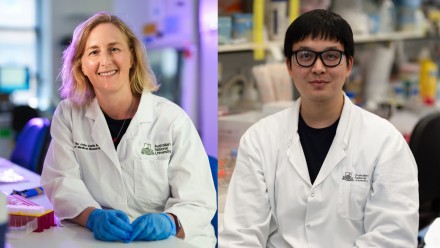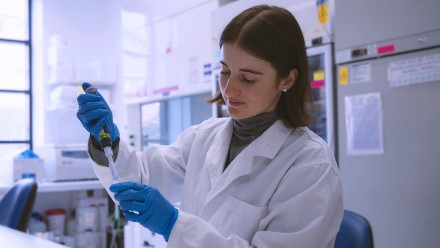Emeritus Professor Simon Foote

Contacts
I have a medical degree, a BMedSci and a PhD from the University of Melbourne and a DSc from the University of Tasmania. I did my postdoctoral training at the Whitehead Institute, MIT, Cambridge, USA in the early mapping of the human genome. I spent a decade at the Walter and Eliza Hall Institute and was co-head of the Genetics and Bioinformatics Division. In 2005 I became director of the Menzies Research Institute in Hobart. From 2012-2014 I was Dean of the Australian School of Medicine at Macquarie University and have been Director of The John Curtin School of Medical Research at ANU since 2014.
Research interests
I am interested in the genetics of several diseases that affect isolated, less affluent populations. My group works on the host response to infection by malarial parasites. Primarily we use rodent parasites but also translate our findings into humans. I work closely with Associate Professor Brendan McMorran and Dr Gaetan Burgio. Together, we have implicated platelets as being an important component of the innate immune response against malaria. We are also interested in designing new drugs that target the host and are therefore less prone to the development of drug resistance by the parasite. We have identified a large number of potential drug targets.
We also work on the genetics underpinning the renal disease that is so common in Australian Aboriginal communities. We work closely with the Tiwi people of the Northern Territory.
Selected Publications:
McMorran B, Marshall V, de Graaf, C et al (2009) Platelets kill intraerythrocytic malarial parasites and mediate survival to infection. Science 323(5915):797-800
Bahlo M, Booth D, Broadley S et al (2009) Genome-wide association study identifies new multiple sclerosis susceptibility loci on chromosomes 12 and 20. Nature Genetics 41(7):824-828











